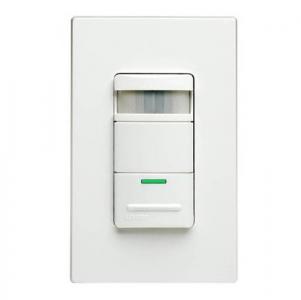- 36 reads
Spend $275 now and SAVE $120 each year... ROI = 43.6%
Everyone forgets to turn off the lights sometimes, but in some cases the forgetting is chronic. This wasted lighting energy can add up quickly, as 21% of an office's annual energy costs come from lighting: thats $119 per person per year! One way to ensure that lights are used only when needed is with occupancy sensors. Occupancy sensors detect the presence of people in a room. When there’s no one there, they turn off the lights. When someone returns, they turn the lights back on. This technology works quite well in storage rooms, conference rooms, break rooms, and even the boss’s office.
In a single small office room where lights are on unnecessarily two hours a day, annual energy waste adds up to $12. Add many offices, meeting rooms, and other spaces together and the savings from occupancy sensors can be significant. Most occupancy sensors are inexpensive, and in many cases they are simple to install. In larger spaces, they work best when mounted in the ceiling. For smaller spaces, they can be installed in place of the room’s light switch. Rebates for occupancy sensors are typically available from area utilities. The average US cost of energy per employee is $568 of which $119 (21%) typically goes toward lighting. The average annual cost of lighting for an office of ten is $1,119.
The ROI Calculation is based on 10 replacement occupancy sensor switches that typically cost between $25 and $50 each ($37.50 average) and saving 10% of the lighting energy in the office. The cost of a typical switch is only about $10, so the added cost is $27.50 per unit. Sensors will pay for themselves in just a little more than two years, equaling over a 40% simple rate of return.
| Payback Time in Years: |
Added Cost: |
Annual SAVINGS |
5 Year SAVINGS |
Return on Investment (ROI): |
| 2.3 | $275 | $120 | $600 | 43.6% |


